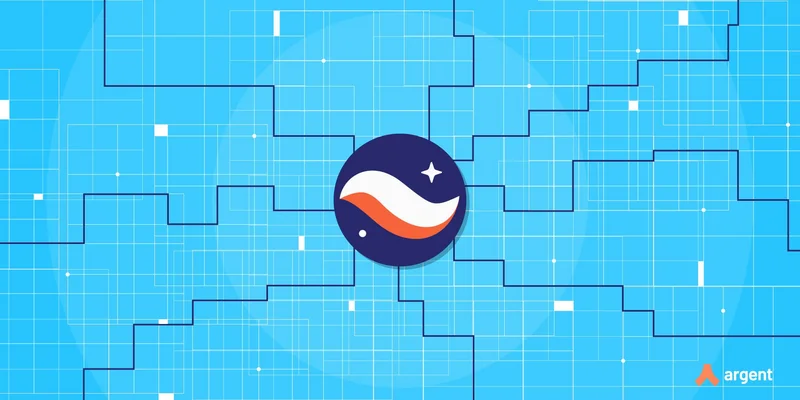Starknet's $276M Surge: Bitcoin Lifeline or Mercenary Mirage?
Starknet's Total Value Locked (TVL) has more than doubled since July, hitting $276 million. That's the headline. The reality, as always, is buried in the fine print. This surge is directly tied to a massive incentive program: 100 million STRK tokens (about $14 million) are being offered as rewards for depositing Bitcoin liquidity. The question isn't whether Starknet is growing; it's why.
Let’s be clear: liquidity mining, yield farming, whatever you want to call it, is rarely about genuine belief in a project. It's about chasing returns. And right now, Starknet is dangling a juicy carrot in front of Bitcoin holders. StarkWare CEO Eli Ben-Sasson claims people are excited to "borrow against their Bitcoin, invest, and put more of their lives into a system where they truly own it." Maybe. Or maybe they're just after the free STRK.
The data hints at the latter. Starknet has added $76 million since the reward program started. That’s significant, but is it sustainable? The article itself poses the crucial question: "How long will it last?" The answer, invariably, is "not long." Once the rewards dry up, so will the liquidity. It's mercenary capital, plain and simple.
Ben-Sasson argues that Starknet is trying to avoid Bitcoin becoming "gold-like" – a store of value that doesn't circulate. He wants Bitcoin to be "wired into a composable, liquid ecosystem." It’s a noble goal, but relying on short-term incentives to achieve it is like trying to build a house on a foundation of sand.
And speaking of foundations, Starknet's has some visible cracks. A nine-hour outage in September, following an upgrade to a more decentralized sequencer architecture, is not a good look. The outage even required two blockchain reorganizations (reorgs), which meant 1.5 hours of transactions had to be resubmitted. That's not just inconvenient; it erodes trust.

The team launched the S-two prover, which is supposed to boost speed and lower transaction costs. But, as the article notes, the outage "casts doubt on reliability just as scale is beginning to matter for Starknet." Ben-Sasson admits it's still early days, but "early days" doesn't inspire confidence when you're talking about a system handling hundreds of millions of dollars.
I've looked at hundreds of these L2 projects, and the pattern is always the same: Hype, incentives, a brief period of explosive growth, followed by a slow decline as the incentives fade and users move on to the next shiny object. Starknet needs to prove it can offer more than just a temporary sugar rush.
Interestingly, another article, dated November 14, 2025, paints a less rosy picture. It mentions Starknet (STRK) "steadies between crucial moving averages," fluctuating between $0.0962 and $0.1956. It also notes "lukewarm bullishness" and warns of a potential drop if STRK slips below $0.1291.
Now, I'm not one to put too much stock in short-term price predictions, but the overall tone is telling. The hype has faded. The focus is on technical analysis and potential downside risks. The question is no longer "how high can it go?" but "how low will it fall?"
This illustrates the fundamental problem with incentive-driven growth: it's artificial. It creates the illusion of demand, but it doesn't build genuine, sustainable utility. Starknet might be attracting Bitcoin liquidity now, but unless it can offer a compelling reason for users to stay after the rewards are gone, it's just borrowing time.
Starknet's $276M surge is less a sign of inherent value and more a reflection of short-term incentives. The real test is whether it can build a sustainable ecosystem that doesn't rely on handouts. The clock is ticking.